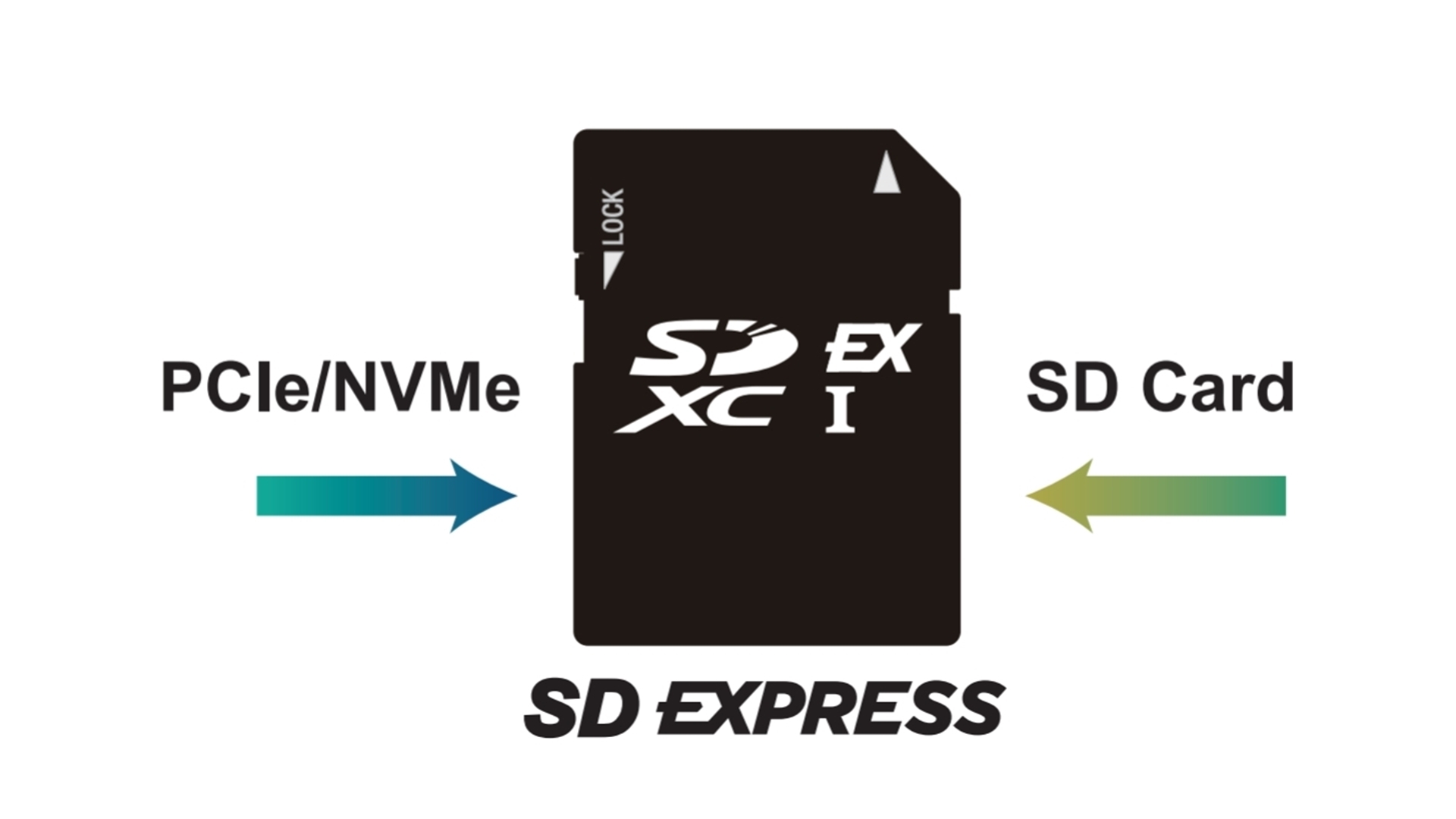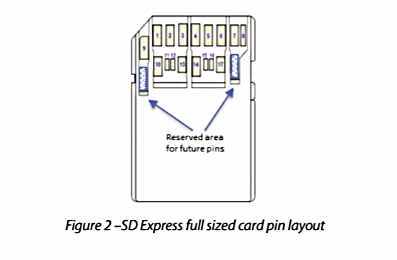SD Express Cards: Explained
The SD 7.0 or SD Express Cards the latest announced SD card versions are the most powerful SD cards & just looking at the raw features makes them look like a huge step towards tiny high-capacity storage drives. But, what the SD Express cards actually mean in the SD Cards we have today? Are the current generation cards completely worthless now? Well, not quite but, after a certain amount of time, they will. So, this is everything that you need to know about the new SD Express & what impact they’ll have on tiny storage solutions.
Let’s start off with a small comparison chart of SD Express with the currently available standards of SD cards.
Slot Type (Host) |
SD UHS-II |
SD UHS-III |
SD Express |
| Card Type | |||
| SD UHS-II | Up to 156 MBPS (Full Duplex) & up to 312 MBPS (Half Duplex) | Up to 156 MBPS (Full Duplex) & up to 312 MBPS (Half Duplex) | Up to 104 MBPS |
| SD UHS-III | Up to 156 MBPS (Full Duplex) & to 312 MBPS (Half Duplex) | Up to 624 MBPS (Full Duplex) | Up to 104 MBPS |
| SD Express | Up to 104 MBPS | Up to 104 MBPS | Up to 985 MBPS (PCIe Interface) |
In the table above, we have the speeds for different generations of SD Cards on particular host types, including SD UHS-II, SD UHS-III & SD Express. In case you’re wondering what that 104 MBPS speed is for, then it’s basically the transfer speed of UHS104 or you can call it UHS-I if you want.
Now what UHS-II brought in SD Cards was an extra row of smaller connector points under the main row of connector points, which was not there in UHS-I. These extra connectors made those higher speeds possible that UHS-II offered. UHS-III was more of an advancement to UHS-II. But, SD Express is something completely different.
SD Express still has that extra row of connector points (pins) but, in this case, they are capable of supporting the PCIe Interface. So, basically, it’s the same technology that is seen in the PCIe SSDs that can be found on our laptops or desktops. The speeds can go all the way up to 985 MBPS which is very similar to entry-level M.2 PCIe SSD which is a huge leap compared to the 624 MBPS speed of UHS-III. However, as we know from previous generations, in real life transfer speeds, that number isn’t going translate completely & it will be somewhat lower. Actually, there is a hardware based reason for that too so, slightly lower speeds is what we will be getting & as you saw in the chart above, dedicated SD Express supported SD card slots are needed to achieve that speed. Otherwise, the speeds will be similar to UHS-I because there is no backward compatibility to UHS-II & UHS-III as the second row of connectors are being used for PCIe.
Another good thing about the new SD Express cards is that they can also store a lot of data. Previously we had a limit of 2 Terabytes but, with SD Express, that limit has increased to 128 Terabytes which is huge. But, right now the highest capacity of SD cards available in the market only goes up to 400 Megabytes so, we haven’t even got to the previous 2 Terrabyte limit. So, maybe it’ll take a lot more years for the industry to build an actual 128 Terabyte SD card. But, at least we will be seeing a lot of high speed & high capacity SD cards with SD Express, initially.
Talking about costs, SD Express cards will definitely be more costly compared to UHS-III in the initial years & as we have seen in earlier generations, the prices should come down when the technology becomes more mainstream. So, will this change the way we use tiny storage solutions right now? Well, probably not. But, at least it’s giving things a new way & it’ll just keep improving things over time.



